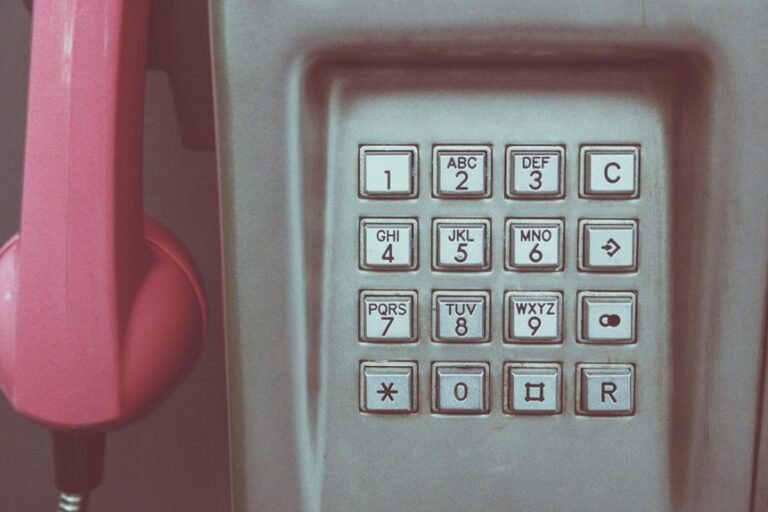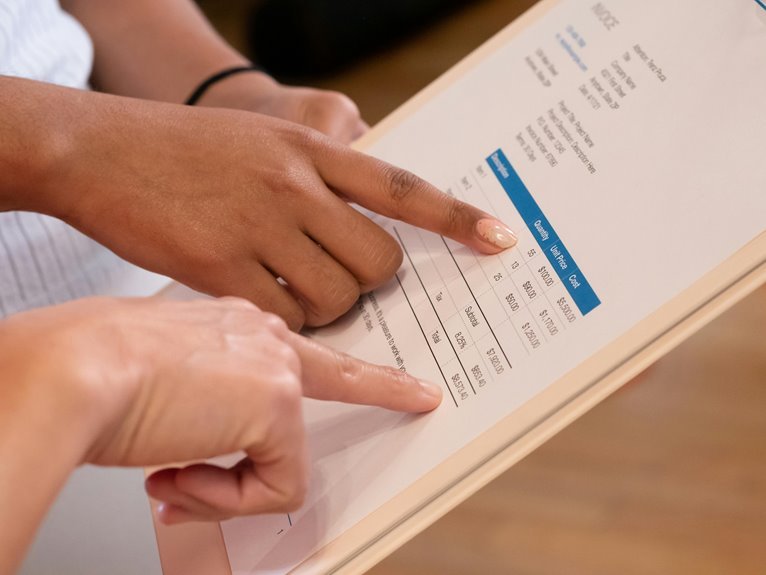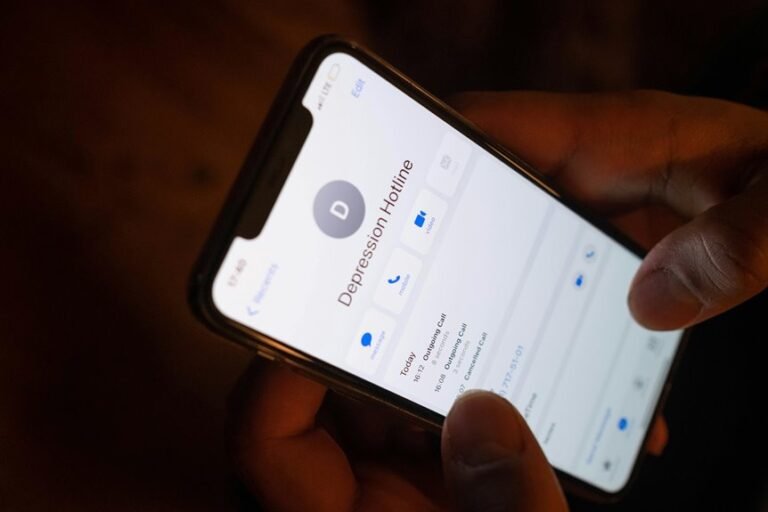Comprehensive Analysis of 6163313594, 6164252258, 6164652454, 6167277112, 6172740274, 6172875387
The examination of phone numbers 6163313594, 6164252258, 6164652454, 6167277112, 6172740274, and 6172875387 unveils a tapestry of communication patterns. Each number may serve distinct roles within personal or commercial contexts. Analyzing call frequencies and user behaviors raises questions about their affiliations. Furthermore, potential red flags warrant attention. Understanding these elements could reveal deeper insights into consumer interactions and the landscape of telecommunication risks. What implications do these findings hold?
Overview of Phone Number Origins
The evolution of phone numbers reflects the broader advancements in telecommunications and societal needs.
Initially, phone number history featured simple local exchanges, but as demand grew, regional codes emerged to facilitate connectivity across expanding networks.
This structured approach allowed for efficient routing, enabling users to communicate freely, regardless of distance.
The development of these codes illustrates the intricate relationship between technology and societal interaction.
Analysis of Potential Affiliations and Uses
Phone numbers serve various affiliations and purposes that extend beyond mere identification in telecommunications.
The analysis reveals potential connections among the numbers, suggesting diverse usage patterns ranging from personal communication to business interactions.
Understanding these affiliations can provide insight into consumer behavior and preferences, highlighting how different demographics utilize these contact points for various needs, thereby influencing marketing strategies and outreach efforts.
Identifying Scams and Red Flags
How can individuals effectively discern potential scams in their communications?
Effective scam detection hinges on recognizing red flag indicators, such as unsolicited messages, requests for personal information, and urgent language.
Analyzing the context and source of communication, alongside verifying claims, enhances one’s ability to identify fraudulent schemes.
Conclusion
In conclusion, the examination of phone numbers 6163313594, 6164252258, 6164652454, 6167277112, 6172740274, and 6172875387 reveals a tapestry of communication patterns rich with potential insights. Like a detective piecing together clues, the analysis highlights both legitimate uses and possible scams lurking within these digits. By identifying affiliations and usage trends, consumers can navigate their communication landscape more safely and effectively, thus enhancing their overall communication strategies.







